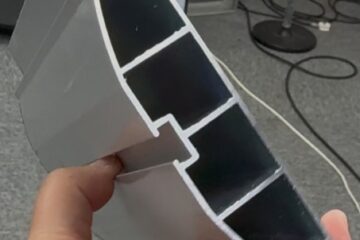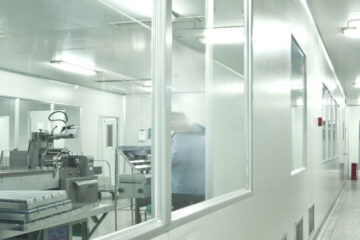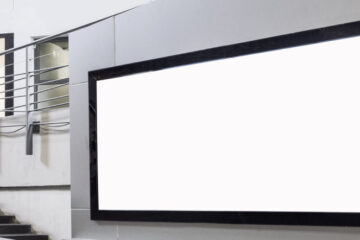LED light boxes have become a staple in modern advertising due to their energy efficiency, vibrant illumination, and long lifespan. However, the performance of an LED light box heavily depends on the aluminum profile frame that houses it. Choosing the right profile ensures not only structural stability but also enhances light diffusion and overall visual appeal.
One of the first considerations when selecting aluminum profiles for LED light boxes is the thickness of the material. Thicker profiles provide greater durability, especially for large-format signage exposed to wind and weather. However, thinner profiles may be sufficient for indoor displays where weight and space are primary concerns. The key is to strike a balance between strength and practicality based on the intended use.

Another critical factor is the design of the profile’s inner channel. Since LED strips are mounted inside the frame, the profile must allow for even light distribution without creating hotspots or shadows. Many high-quality aluminum profiles feature a reflective inner coating, which maximizes brightness by redirecting light toward the graphic panel. This is particularly important for backlit signs where uniform illumination is essential for readability and visual impact.
The type of finish on the aluminum profile also plays a role in both aesthetics and functionality. Anodized finishes provide extra corrosion resistance, making them ideal for coastal or high-humidity environments. Powder-coated finishes, on the other hand, offer a wider range of color options to match corporate branding while still protecting against scratches and fading.
Ease of maintenance is another advantage of aluminum profiles. Unlike other materials that may require frequent repainting or repairs, aluminum frames can be easily cleaned with mild detergents, maintaining their appearance for years. Additionally, their compatibility with various mounting systems—wall brackets, hanging mechanisms, or freestanding bases—ensures seamless integration into different advertising setups.
Ultimately, investing in the right aluminum profiles for LED light boxes leads to better energy efficiency, reduced maintenance costs, and a more professional presentation. By considering factors such as material thickness, light diffusion properties, and environmental resistance, businesses can ensure their signage remains bright, durable, and visually compelling for years to come.


